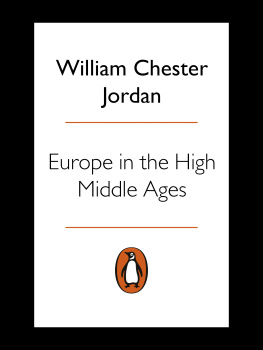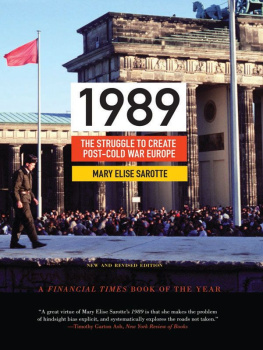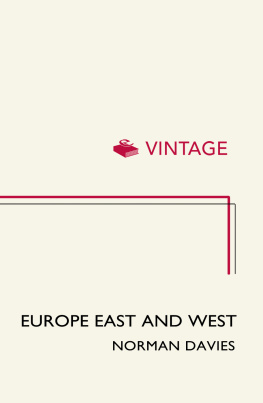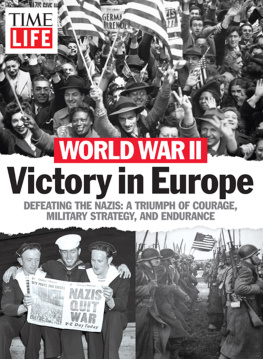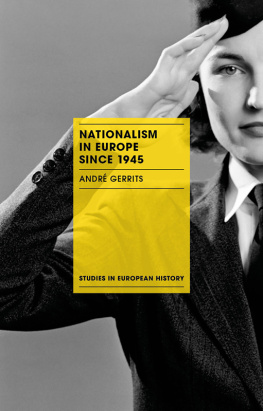

This edition is published by PICKLE PARTNERS PUBLISHINGwww.picklepartnerspublishing.com
To join our mailing list for new titles or for issues with our books picklepublishing@gmail.com
Or on Facebook
Text originally published in 1952 under the same title.
Pickle Partners Publishing 2015, all rights reserved. No part of this publication may be reproduced, stored in a retrieval system or transmitted by any means, electrical, mechanical or otherwise without the written permission of the copyright holder.
Publishers Note
Although in most cases we have retained the Authors original spelling and grammar to authentically reproduce the work of the Author and the original intent of such material, some additional notes and clarifications have been added for the modern readers benefit.
We have also made every effort to include all maps and illustrations of the original edition the limitations of formatting do not allow of including larger maps, we will upload as many of these maps as possible.
THE STRUGGLE FOR EUROPE
By
Chester Wilmot
Oh, how comely it is and how reviving
To the Spirits of just men long opprest,
When God into the hands of their deliverer,
Puts invincible might.
SAMSON AGONISTES
TABLE OF CONTENTS
Contents
MAPS
Distribution of German Divisions, June 6th, 1944
Operation SEALION
The Wehrmacht in the West, June 6th, 1944
Normandy, April 1944
Normandy, June 1944
Pre-Invasion Bombing
Operation NEPTUNE: The Assault Plan
OMAHA: The Assault
The British Assault
OMAHA: Evening D-Day
The Caen Sector: Evening D-Day
UTAH: D-Day
Advance from OMAHA
Main Bridgehead, June 7th-18th
Operation PERCH
The Cherbourg Campaign
The Rival Plans
The Odon Offensive, June 25th-29th
The American Front, July 3rd-25th
Operation GOODWOOD: The Plan
Operation GOODWOOD: The Battle, July 18th-22nd
German Dispositions in Normandy, July 25th
Operation COBRA: July 25th-31st
The Mortain Counter-Attack, August 7th-8th
The Exploitation from Avranches
The Capture of Mont Pinon, August 5th-6th
Operation TOTALIZE
The Falaise Pocket
The Drive to the Seine
The Mediterranean Front, Summer 1944
Broad Front or Single Thrust?
The Advance to Antwerp
The Battle for the Belgian Canals
The Campaign in Lorraine
The Arnhem Landing, September 17th
The Nijmegen Air-head, September 17th-18th
Operation MARKET GARDEN: The Plan
MARKET GARDEN: The Break-out, September 17th-18th
The Advance to the Neder Rijn, September 20th-25th
Opening the Scheldt Estuary, October-November 1944
The Ardennes Offensive: The Plan
The Attack to the River Roer, November-December 1944
The Western Front, Autumn 1944
The Ardennes Offensive: The Assault
The Ardennes Offensive: The Exploitation
The Eastern Front, 1945
Poland and Yalta
The Battle of the Rhineland
Berlin: The Prize
The Final Phase
Hitlers Europe, 1944-1945
PREFACE
TEN days before the end of the war in Europe, Mr. Churchill sent Marshal Stalin a personal letter in the course of which he said: There is not much comfort in looking into a future where you and the countries you dominate plus the Communist parties in many other states are all drawn up on one side and those who rallied to the English-speaking nations and their associates or dominions are on the other. It is quite obvious that their quarrel would tear the world to pieces and all of us leading men on either side who had anything to do with that would be shamed before history. Even embarking on a long period of suspicion, of abuse and counter-abuse, and of opposing policies would be a disaster hampering the great development of world prosperity for the masses which is attainable only by our trinity.
We know how well founded were the fears that prompted this letter. The cleavage between East and West, then becoming apparent, has grown wider with the years until to-day it is difficult to foresee how the gap may be bridged. The Iron Curtain, the Satellite State and the Cold War seem to have become permanent features of the political landscape of Europe, and the threat of another conflict which might indeed tear the world to pieces casts its shadow across the peoples so lately released from the scourge of the last. If we are seeking the origins of this situation, we must examine not the development of relations between Russia and the Western Powers since the war, but the course of their relations during the war and the impact that these had on both German and Allied strategy. We must discover, if we can, what caused the destruction of the European balance of power which Britain went to war to maintain and which she and those associated with her in the North Atlantic Treaty are now making such sacrifices to restore.
In this book, therefore, I have endeavoured to explain how the present situation came about; how and why the Western Allies, while gaining military victory, suffered political defeat; how and why, in the process of crushing Nazi Germany and liberating Western Europe, they allowed the Soviet Union to gain control of Eastern Europe and to prevent the application there of the principles of the Atlantic Charter for which they had fought. In considering the history of the war in the West from the perspective of the 1950s, I have tried to show not only how Hitler was overthrown but also why Stalin emerged victorious.; how Russia came to replace Germany as the dominant power on the Continent; and how Stalin succeeded in obtaining from Roosevelt and Churchill what he had failed to obtain from Hitler.
In seeking the answers to these questions, I have started with the situation on the eve of Dunkirk, when the struggle for Europe seemed to have been decided in Germanys favour. In the first part of the book, which is called The Way Back, I have considered the stages by which Hitlers power in Western Europe was weakened and Allied power was developed until it again became possible for a British Army to establish itself on the far shore of the Channel. During the four years between the evacuation bf Dunkirk and the invasion of Normandy the problem of crossing the Channel, in one direction or the other, exerted a decisive influence on the conduct and development of the war. It was the refusal of the British to admit defeat and the frustration of the German invasion plan in 1940 that drove Hitler into attacking Russia. It was the necessity of defeating the Red Army before the Anglo-American forces could strike back across the Channel that led Hitler to seek in the East a quick victory which exhausted the Wehrmacht. When the question of cross-Channel invasion became identified with the Soviet demand for the opening of a Second Front it assumed a new significance. Accordingly, the Second Front controversy has been considered here not merely in the light of its influence on the defeat of Germany, but also as a political issue the outcome of which was that Anglo-American military power was employed in Western Europe, not in the Balkans.
In the second part, The Battle of Normandy, I have dealt with the actual operations in some detail, for the story of the invasion is intrinsically exciting, especially now that it can be told from the evidence of both adversaries. More important, this battle was the supreme test of the Angles-American alliance in action and provided its greatest single victory. Since so much depends on that alliance to-day, it is profitable to consider how it worked in the field last time, and in particular to evaluate the achievements of the commanders, Eisenhower, Montgomery and Bradley, who have been the subject of so much controversy and who are again in positions of great responsibility. Finally, these operations provide a warning that, if another aggressor enjoying complete security on his eastern front were to advance to the Channel, the Anglo-Saxon Powers would have little chance of liberating Europe by invasion, except at terrible cost to themselves and to Western civilisation. The cross-Channel assault of 1944 would certainly have been defeated if the Germans had not been fighting with the Russians on their backs.
Next page





